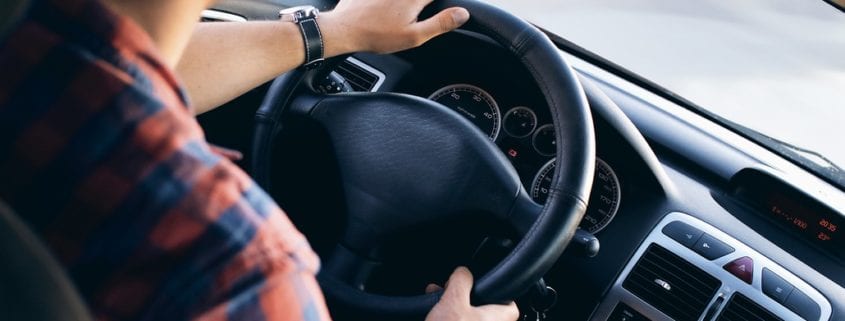Are Left-Hand Turns Really That Dangerous?
You may have been told in driving school that whenever possible to avoid left-hand turns. Based on accident studies over the years, it’s even suggested by some car safety experts to plan your driving routes to minimize or even eliminate left-hand turns. What makes left-hand turns so dangerous?
One primary reason that left-hand turns are riskier is that you’re crossing more lanes of traffic, Peter Kim of Philadelphia Insurance Companies says. “There are more variables at play, which means more decisions to make for the driver,” Kim explains. More decisions mean more chances of an accident.
It turns out that a left-hand turn can be as much as ten times more likely to lead to a collision as a right-hand turn. This is backed up by a 2001 National Highway Traffic Safety Administration study which was based on data from about 1.7 million crashes. The study also found that the impact from left-hand turn collisions tends to be more severe.
What makes a left-hand turn collision more dangerous? Many right-turn collisions happen to be more of the sideswipe or glancing blow variety. But in left-hand collisions, the impact is more likely to come in at a right angle or even head-on. This means not only more damage to vehicles, but more serious risk of personal injuries, as well.
But aren’t there times that a left-hand turn can’t be avoided? There are going to be times where you may not have a choice. Also, some left-hand turns are safer than others, such as those with a dedicated left-hand turn traffic signal. But even then, there are times where they can be avoided if you plan out your route well.
It is possible to keep left-hand turns to an absolute minimum. In fact, UPS had done just that. Not only have they reduced accidents, but there’s an added benefit, as well. Kim says,
“UPS, for example, cut left turns out of drivers’ routes, which allowed them to not only reduce crashes, but also improve efficiency by spending less time idling at intersections. That also meant they could save money on fuel and reduce their carbon footprint.”
It’s true that left-hand turns can actually cost you time and fuel. So you can save yourself some time and energy, as well as help greatly reduced the chance of crashes. From the findings that have been made, if every driver made an effort to reduce left-hand turns, car crashes would be reduced by a hefty percentage.
If car crashes are reduced, then car insurance premiums will drop. But the obvious benefit is avoiding the pain and suffering of major car crashes. Many lives could be saved. All you have to do is find some new ways to go on your way to the store, to work, or back home.



